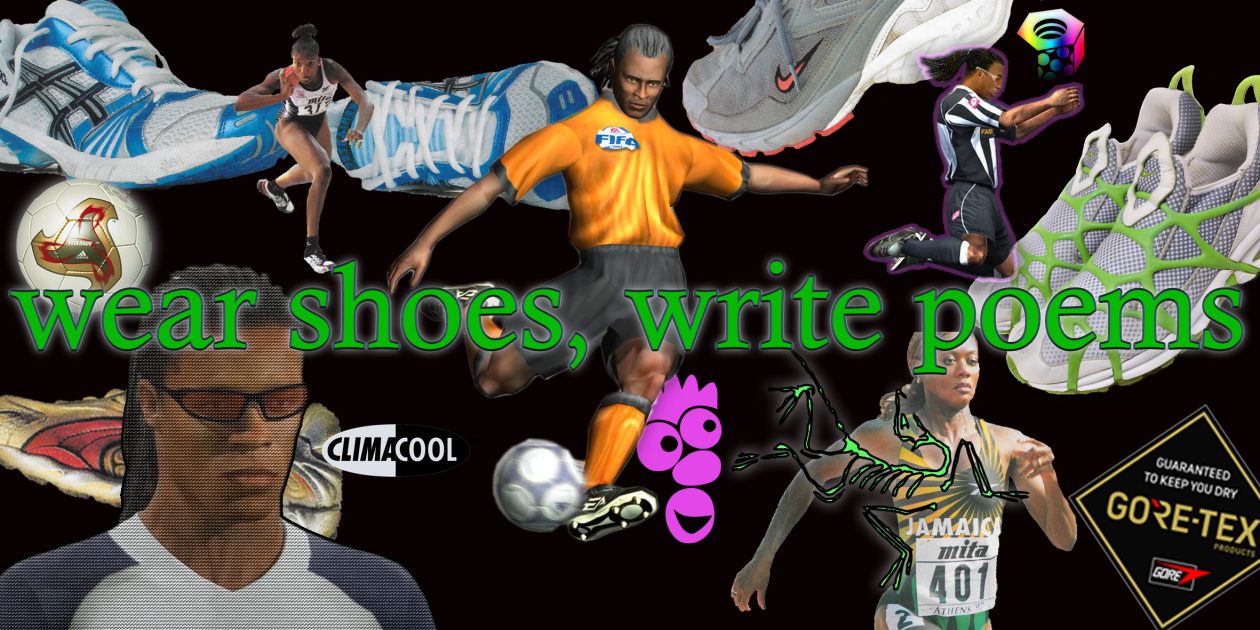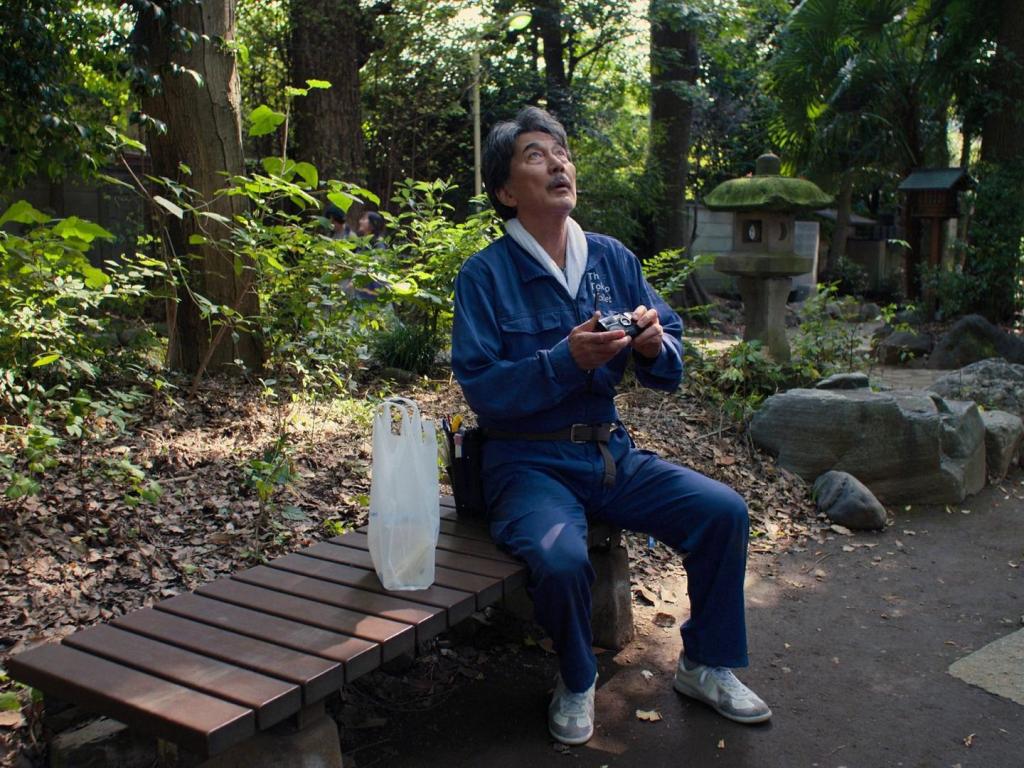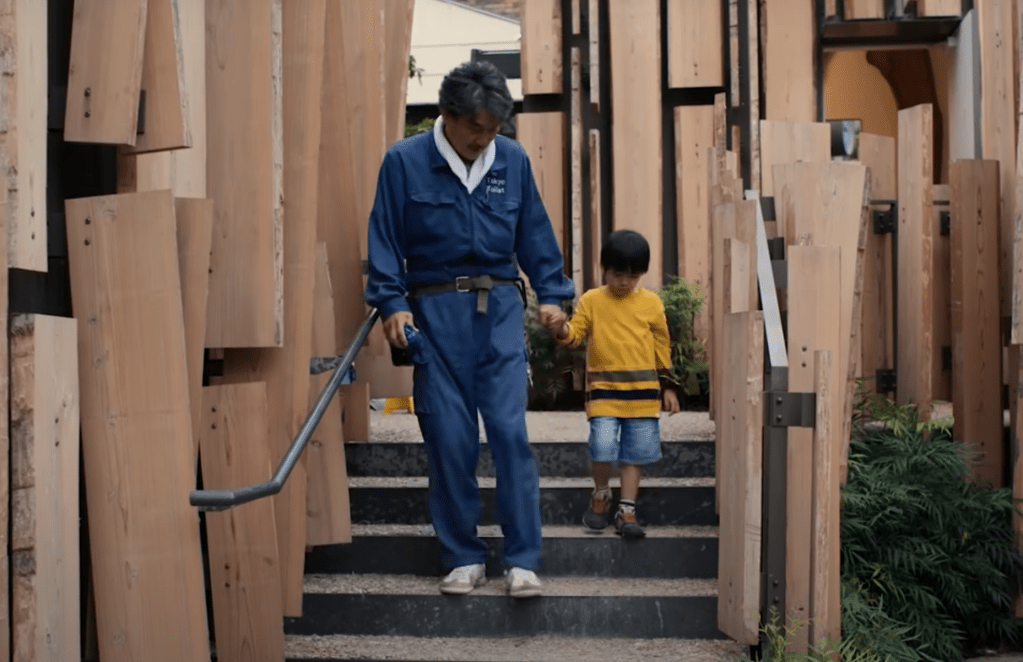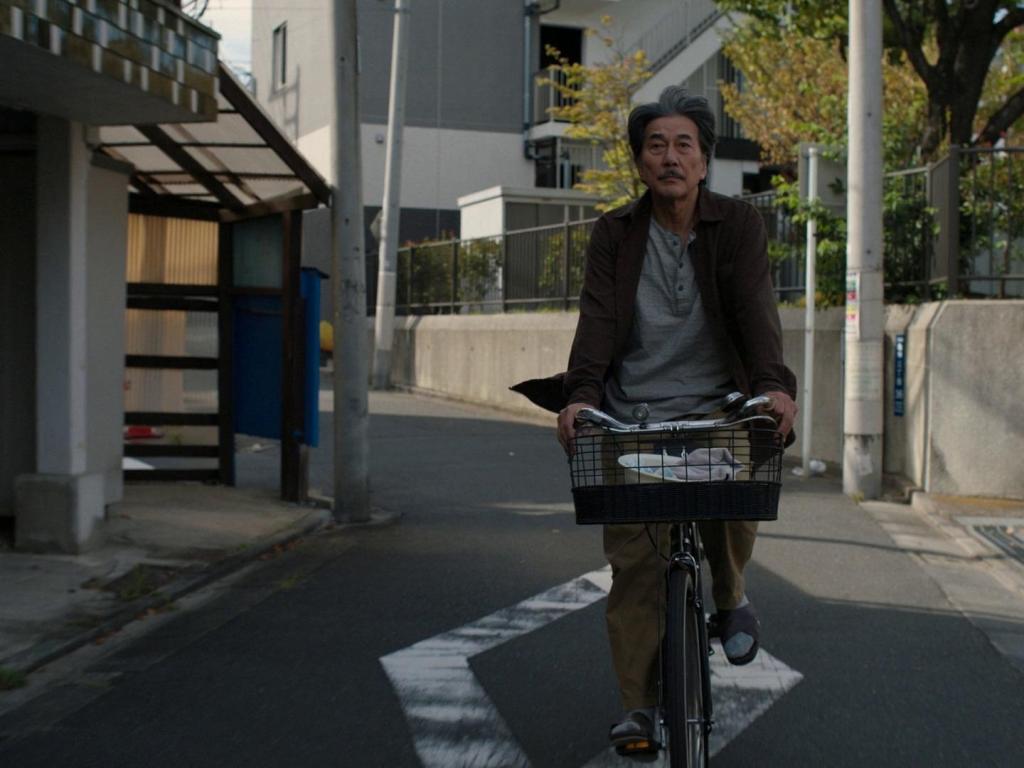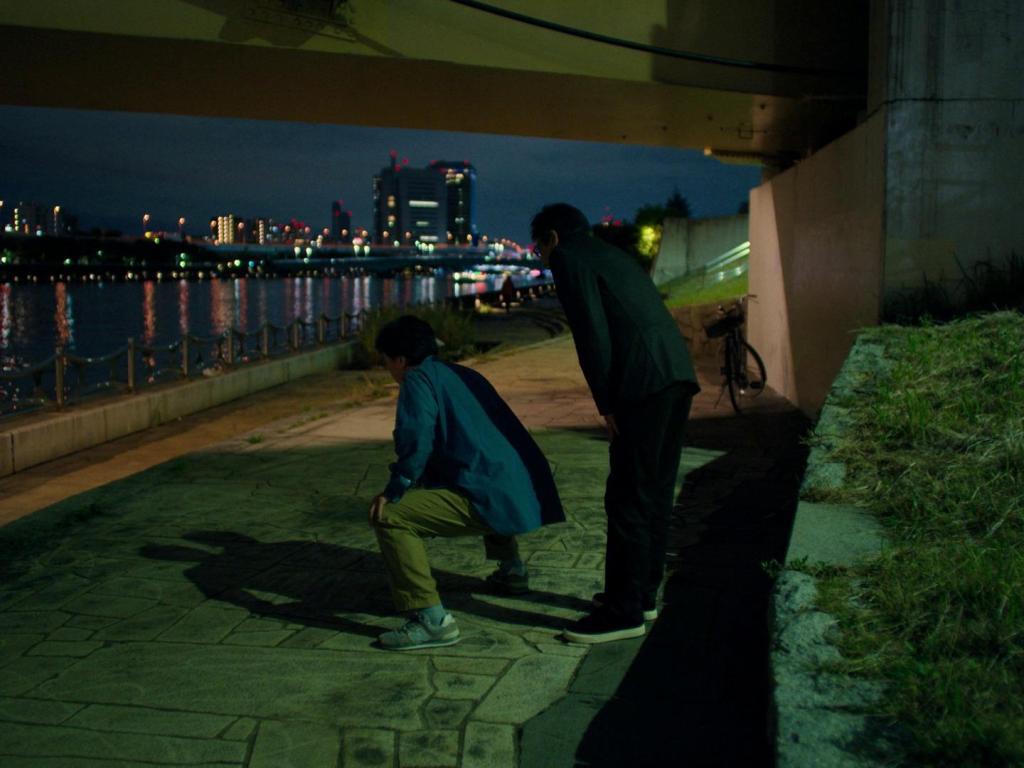“Ahh London aye.” – Me, circa 2023
This is a sentence I would often mutter to myself when wandering the streets of the Big Smoke. That or “Ahh London, the city that never sleeps”. Even though I am well aware this is what they say about New York, or is it Seattle? But they call that the windy city, anyhow. I suppose you could call most Cities around the world ‘sleepless’, with its workforce constantly working through the night to keep the cogs churning.
Whenever I find myself on holiday abroad, specifically in Peru, I watch what I can only describe as England-centric films. Last trip I managed to finally tick off The Football Factory and This Is England, two classics in the eyes of the British. As Danny Dyer continued to bob around the streets of Dagenham and conversations about the Falklands rang through the screen, I was half tempted to pop my collar and shout “You want sum!” at the locals. Luckily I didn’t, as I’m unsure what they would have made of my popped collar, likely confusing it for some lacklustre version of a Dracula performance.
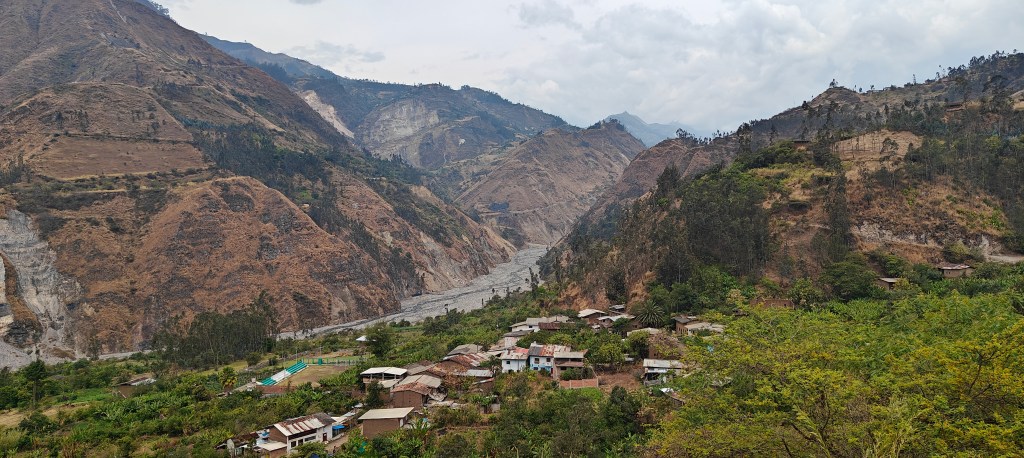
You get the picture, when I find myself in the darkness of night on the Peruvian mountainside, it is not unusual for me to pop in an English classic. On this trip, I managed to tick off three pieces of UK-centric cinema (a feat eventually cut short by the 9/11 Documentaries I became fascinated by but that’s another story altogether.)
These were Withnail and I, A Room for Romeo Brass, I.D and Borstal Boy. Bar I.D and Withnail, the other two were more niche than the other two I had ticked off.
I started off with Withnail and I, a film I’d been meaning to watch ever since Kate Moss had mentioned it on her Desert Island Discs episode as a comfort film. In hindsight, I’m not sure how it could be considered anyone’s ‘comfort film’ but then again, the modelling industry in the ’90s was not exactly a cosy place from what I’ve gathered. Although, there is a certain charm to that film so maybe I’ll warm to it after a few more watches. I enjoyed the film’s humour and the London-heavy feel of the first half, somewhat sympathising with the two main characters in how out of depth they felt out in the English countryside.
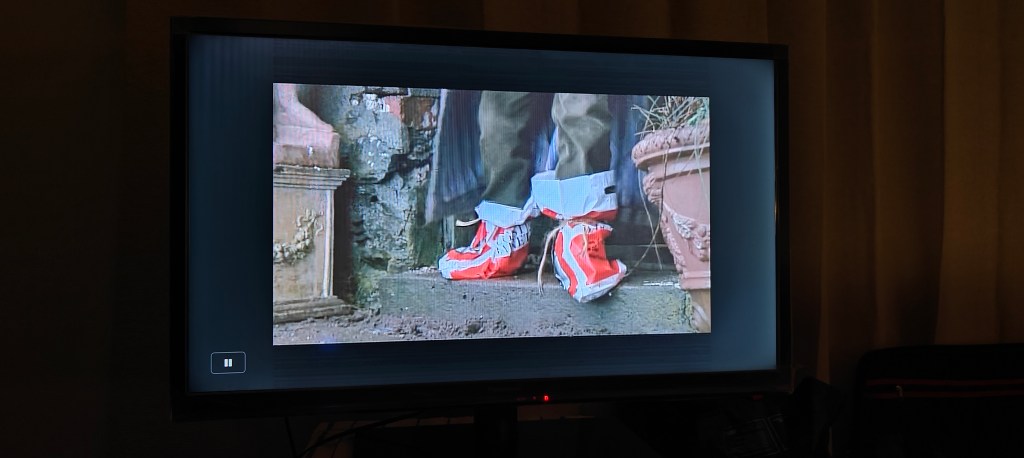
I could almost smell their flat through the screen, so kudos to the set design team but all I can say is that I am glad I don’t bump into those kinds of characters anymore. Once I was at a predrinks in Bristol completely sober as I was on medication for tonsilitis when a couple walked through and started cooking ketamine in a saucepan. That is what I was reminded of watching the first 30 minutes, a memory I don’t usually return to in times of peace. Then Uncle Vernon from Hazza P is gay and rich all of a sudden has a questionable relationship with consent… I did like the scene in the country pub though, so there’s that. There’s also a great scene where Withnail tries to cook his boots, which I doubt is a reference to Herzog’s famous shoe-related meal no matter how much I wish it was.
It was clear to me that some of the drug infused dialogue must have inspired Mitchell and Webb’s Sir Digby Chicken Cesar sketches, ones that I believed to be the height of comedy growing up.
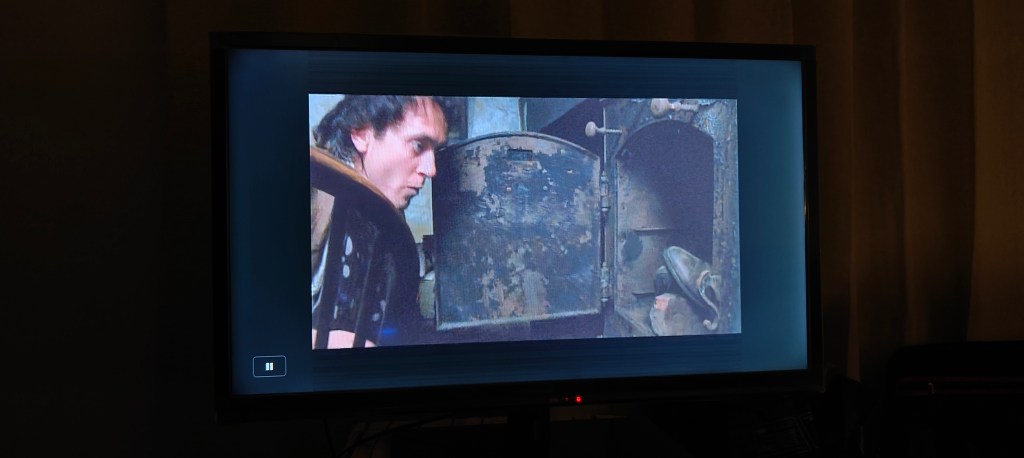
Romeo Brass was heartfelt, with the lulls of the midlands accent masking the film’s more sinister tones. There’s not chance that sort of friendship between two kids and a man in his mid-twenties could go on for that long today though, people must have been a bit more naïve in the ‘90s. Sort of reminds me of that infamous Smithy Boy and Crew video from back in the day, minus the heavy presence of a mop fringe and fitted cap.
It’s given me even more reason to check out Paddy Considine’s Dead Man’s Shoes, not least because it contains the word shoe in the title and well you know me. A few years ago a scene where Considine’s character stands up for his disabled brother was doing the rounds on socials, so he must have been typecast as a nutcase for a few years.
Next was I.D by Phil Davis, a film I knew nothing about when I pressed play. Like Football Factory on crack, this one took place slightly closer to home as I spent a few months living next to Shadwell. Cops going undercover to find themselves deeply immersed in Shadwell F.C’s firm, it wasn’t what I was expecting but it was one hell of a watch. Soon I’d find myself shadowboxing in the mirror like a version of Herbo Turbo shouting “Shadwell till I die”, so it’s safe to say Reece Dinsdale’s performance did a number on me. That said, no collar has been popped since the viewing of I.D (only due to the fact I don’t wear shirts or else …).
Last on the trio of Bri’ish films was Borstal Boy, another film I had little expectations of, yet one with a very misleading DVD cover. I did think I was about to watch a prequel to Football Factory, but what I proceeded to sit through was anything other than. All I knew was that Danny Dyer was in it, so it must be alright. Right? Well sort of, it was definitely a film I’d have enjoyed during history GCSE, but it certainly felt like it had a ‘90s TV drama budget behind it. The Irish protagonist was good, and the camaraderie was something to admire but then it got a bit techy when Dyer started lipsing at the end. I guess youth prison is a tough time for suppressed emotions. It was a good watch nonetheless but I do feel like I ticked off one of the weaker underdogs from UK cinema.
Once surprising addition to the British media I consumed while away was Blondey’s new TV series on YouTube. I was impressed by the writing and what I can only assume is a slightly exaggerated version of McCoy himself, it was an entertaining watch. I should have gathered how beyond his years by the clothes he now produces via his brand Thames, as it seemed like he was written as a 21st century take on a P.G Woodhouse character. Although some of the references discussed in the Spanish taxi scene to Santander were lost on me, I could tell that a bigger picture was at play here. If you haven’t given it a watch, I recommend giving it a crack as it is free.
Perhaps it is an element of ‘the grass is greener’ or that after a day of existing, it is simpler to revert to a distant yet familiar space. A space that I am still trying to decode and understand partly through the medium of film and television. With this in mind, I have made a more conscious effort to pick up UK-centric films whenever I see them at the charity shop, which need I remind you is only £1 these days. Sure DVDs have become somewhat unfashionable, but place the disc in one of those zip up folders and you’ve got yourself a travelling cinematic library at your disposal. It does leave you with the task of sourcing as DVD player, but you can cross that bridge when it comes to it.
